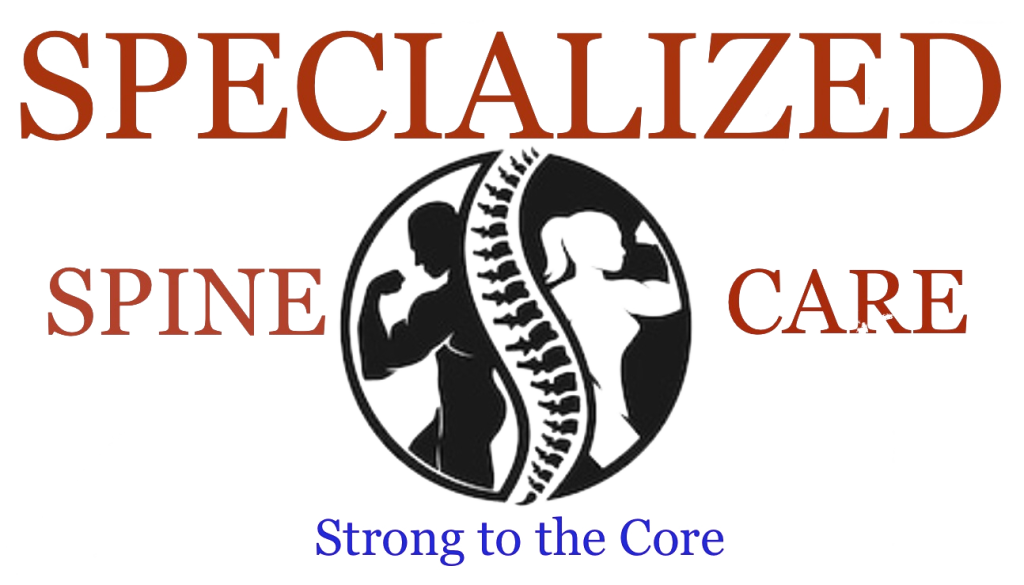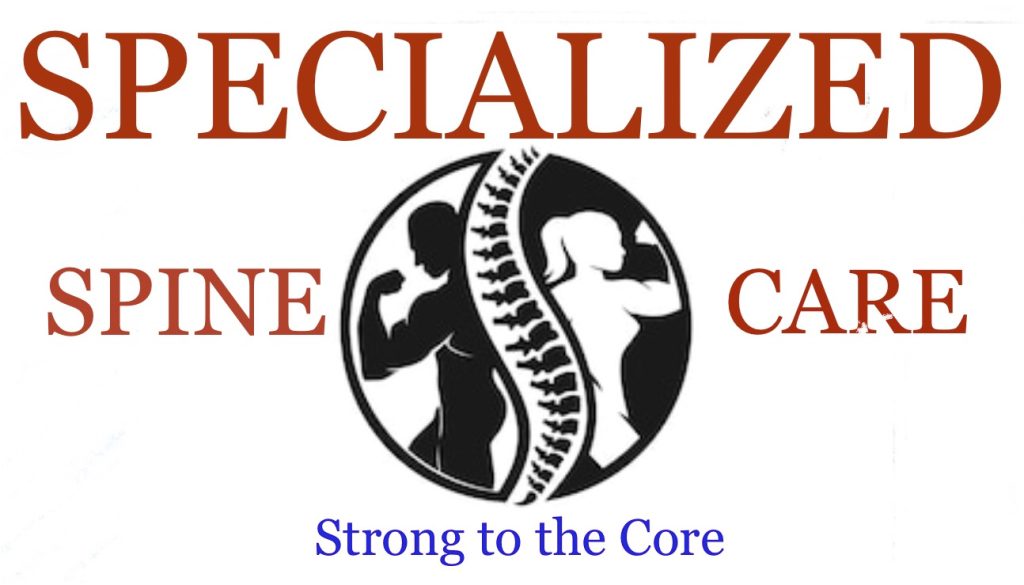Reprinted from the Associated Press
July 1994
Ruptured disks, long considered the hallmark of a bad back, are so common among perfectly pain-free people that some question whether doctors should try so hard to find them.
A study being, published today found that about a quarter of people with no history of back trouble have ruptured disks when examined with magnetic resonance imaging scans, or MRIs.
The research suggests that ruptured disks may not mean much for many people, and they certainly cannot be assumed to be the source of a patient’s backache. The study, conducted by radiologists, casts doubt on use of one of the mainstays of their profession – employing MRIs to look for quirks in the lower spine.
With MRIs so, widely available, many doctors now routinely order them as a first step when they see patients with back problems. If they find a bad-looking disk, what is commonly called a ruptured or herniated disk or disk prolapse – they may send patients on for a more invasive test called diskography. After that may come surgery.
The study suggest that disk peculiarities “may frequently be coincidental” in people with back trouble. In other words, the disk might not be the cause of the pain. And if so, fixing it is a waste.
The study was conducted on 98 healthy volunteers by Dr. Maureen C. Jensen and colleagues from Hoag Memorial Hospital in Newport Beach, Calif. The work, published in the New England Journal of Medicine, roughly duplicates a study completed four years ago by Dr. Scott Boden, an orthopedic surgeon at Emory University in Atlanta, Ga.,
“The MRI should never be used as a screening test, which is unfortunately the way it is very commonly used today,” Boden said. “In fact, use of the MRI too early in somebody’s disease process can result in seeing these findings that are like gray hair – everybody gets them – and can result in overtreatment.
In other studies, Boden also has found that MRIs can spot disk degeneration in people with fine-feeling necks, as well as torn cartilage in those with pain-free knees.
Backache is one of the most common miseries of adulthood. An estimated 31 million Americans complain of low back pain at any given time. It is one of the most costly ailments, accounting for $8 billion in medical care annually.
Although disk surgery clearly helps some patients, most get better in time without an operation.
Much low back pain is caused by muscle strain or ligament problems, which do not show up on X-rays or other tests. Diagnosing the cause of bad backs is hard, and this has helped make the MRI so popular, since it so clearly shows ominous seeming spinal abnormalities.
A disk is like the filling in an Oreo cookie. Rupture or herniation occurs when the filling squishes out in one spot. Sometimes this puts painful pressure on a nerve. Victims may feel sciatica, or tingling or darting pains in the leg. A more common abnormality is bulging in which the filling sticks out the same amount all the way around.
In their study, the California doctors did MRIs on men and women ages 20 to 80 who never had suffered lingering backaches. They sent the scans to two radiologists at the Cleveland Clinic, who in turn found that 27 percent of the patients had herniated disks and 52 percent had bulges.
Dr. Richard A. Deyo of the University of Washington noted that telling people with sore backs that they have ruptured disks can be harmful. It may cause them anxiety and prompt them to miss work and seek more tests and treatment, all needlessly.
He recommended that MRIs be reserved for those with clear signs of nerve injury who have failed-to respond to conservative treatment for four to six weeks.


